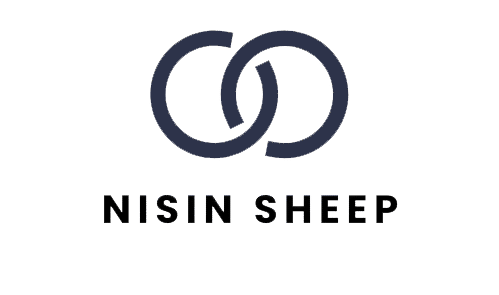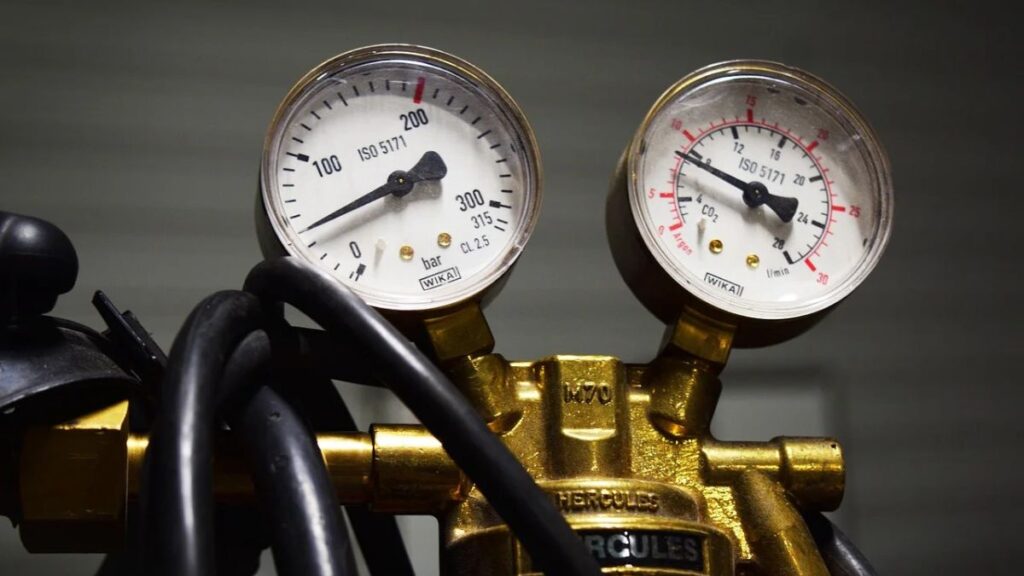In a world increasingly driven by data and technology, the trustworthiness of every measurement is paramount. From the thermometer that tells you if you have a fever to the complex sensors guiding an autonomous vehicle, we rely on instruments to reflect reality. The silent, continuous process that ensures this trust is known as Kalibraatio (Calibration). It is the foundational practice of metrology—the science of measurement—and a critical component of quality, safety, and innovation across all industries.
What is Kalibraatio? A Simple Definition
At its core, kalibraatio is the comparison of a measurement instrument against a standard of known and higher accuracy. It is a set of operations that establish, under specified conditions, the relationship between the values indicated by a measuring instrument and the corresponding values realized by a reference standard.
Think of it as “teaching” your instrument the truth.
- If your bathroom scale reads 75.0 kg, but a calibrated reference weight of 100.0 kg causes it to read 101.5 kg, the scale is inaccurate.
- Kalibraatio identifies this error.
- The process often, but not always, includes adjusting the instrument to minimize this error, bringing its reading as close as possible to the true value.
Why is Kalibraatio So Crucial? The Consequences of Neglect
Failing to calibrate instruments can have cascading effects, ranging from minor inconveniences to catastrophic failures.
- Ensures Product Quality: In manufacturing, a slightly mis-calibrated torque wrench can lead to under-tightened bolts in a car or an airplane, risking safety. A mis-calibrated fill-level sensor can cause a company to give away millions of dollars in excess product or face regulatory fines for under-filling.
- Maintains Compliance and Safety: Industries like pharmaceuticals, food and beverage, and aerospace are heavily regulated. Regular calibration is not a suggestion but a legal requirement (e.g., FDA, ISO, FAA). It ensures that medicines have the correct potency, food is stored at safe temperatures, and aircraft altimeters provide accurate readings.
- Guarantees Process Efficiency: In chemical plants or power generation, processes rely on precise measurements of pressure, temperature, and flow. Inaccurate readings can lead to inefficient reactions, wasted energy, or even dangerous process deviations.
- Validates Scientific Research: The credibility of scientific data hinges on the accuracy of the instruments used. A mis-calibrated pipette or spectrophotometer can invalidate years of research, leading to false conclusions and retracted papers.
- Builds Customer Trust and Brand Reputation: Consistently delivering products that meet specifications builds trust. Calibration provides the documented proof that a company is committed to quality.
The Kalibraatio Process: A Step-by-Step Breakdown
A proper calibration is a methodical process, not a simple quick check.
Step 1: Selection of Reference Standard
The calibration begins with choosing a reference standard whose accuracy is typically 4 to 10 times better than the instrument under test (IUT). These standards are themselves traceable to national or international standards (like those maintained by NIST in the USA or PTB in Germany), creating an unbroken chain of accuracy known as Traceability.
Step 2: Defining the Calibration Procedure
The procedure must be documented and specify:
- The parameter to be measured: (e.g., temperature, pressure, voltage).
- The measurement range: (e.g., from 0°C to 100°C).
- The test points: The specific values at which comparisons will be made (e.g., 0°, 25°, 50°, 75°, 100°C).
- The environmental conditions: (e.g., 23°C ±2°C, 50% ±10% RH).
Step 3: Performing the Comparison
The instrument under test and the reference standard are exposed to the same stimulus. For example, both a test thermometer and the reference thermometer are placed in a highly stable temperature bath. Readings from both devices are recorded at each predefined test point.
Step 4: Analysis and Adjustment
The data is analyzed to determine the error at each point:
- Error = Instrument Reading – Reference Standard Value.
A decision is then made: - If the error is within the specified tolerance: The instrument is deemed calibrated. A calibration certificate is issued, often with a “pass” statement.
- If the error is outside the tolerance: The instrument may be adjusted to correct its output. After adjustment, the comparison is often run again to confirm the error is now within limits. If adjustment is not possible, the instrument is typically labeled “out of tolerance” and may require repair or replacement.
Step 5: Documentation – The Calibration Certificate
The process is not complete without documentation. A calibration certificate is a legal document that provides evidence of the instrument’s performance. It includes:
- Identification of the instrument and standard.
- Date of calibration.
- Environmental conditions.
- As-found data (before adjustment).
- As-left data (after adjustment).
- Measurement uncertainty of the calibration process itself.
- A statement of traceability.
Key Concepts in Kalibraatio
- Accuracy vs. Precision: Calibration primarily addresses accuracy—how close a measurement is to the true value. Precision is the instrument’s ability to give the same reading repeatedly under unchanged conditions. An instrument can be precise but inaccurate (like a clock that is consistently 5 minutes fast).
- Measurement Uncertainty: No measurement is perfect. The uncertainty is a quantified parameter that characterizes the dispersion of values that could reasonably be attributed to the measurand. A proper calibration always reports its uncertainty.
- Calibration Interval: How often should an instrument be calibrated? This depends on the instrument’s criticality, stability, usage conditions, and manufacturer’s recommendation. Intervals can be adjusted over time based on the historical performance data from previous calibrations.
Types of Kalibraatio
- In-House Calibration: Performed by a company’s own metrology lab using its own standards. Cost-effective for high volumes and less critical instruments.
- Third-Party/Accredited Calibration: Performed by an independent laboratory, often one accredited to ISO/IEC 17025. This international standard provides the highest level of assurance in the technical competence of the lab and the validity of its results.
- On-Site/Field Calibration: The technician brings the standards to the instrument’s location. Essential for large, fixed, or hard-to-move equipment.
- In-Lab Calibration: The instrument is sent to the calibration laboratory, which provides a more controlled environment for high-accuracy work.
Real-World Examples of Kalibraatio
- Healthcare: Blood pressure monitors, ECG machines, and laboratory analyzers are calibrated to ensure patient diagnoses are correct.
- Automotive: Emission testing equipment, crash test sensors, and robotic assembly arms are all calibrated to ensure compliance and safety.
- Consumer Electronics: The color sensors and brightness meters used to calibrate your smartphone and TV displays.
- Energy Sector: Electricity meters, gas flow computers, and turbine control systems are calibrated for fair billing and efficient operation.
Conclusion
Kalibraatio is far more than a technical checkbox. It is a discipline of verification, a commitment to quality, and an insurance policy against the high costs of inaccuracy. In an era defined by data, it is the silent, systematic process that ensures the numbers we depend on can, in fact, be trusted. It is the invisible thread connecting a simple measurement in a workshop to the vast, international system of standards that underpins modern science, industry, and commerce. Without it, we are merely guessing.

